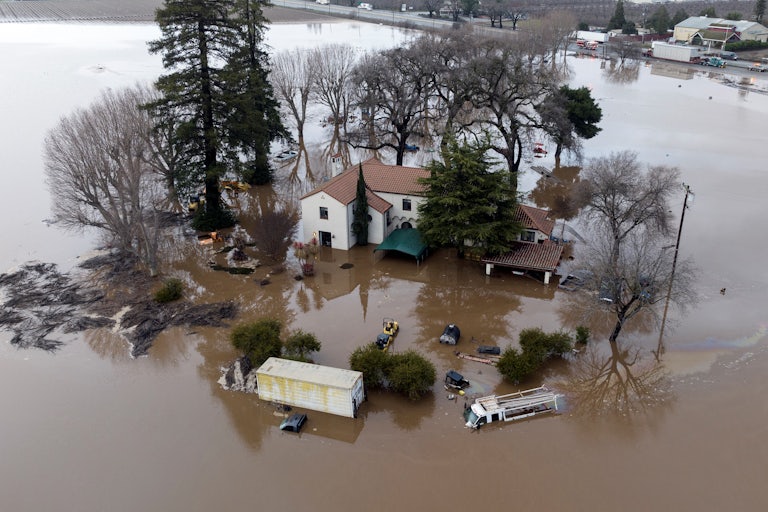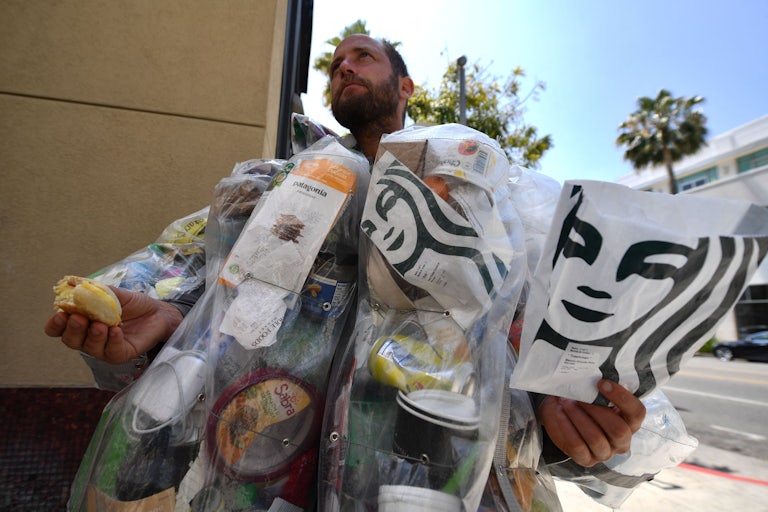One Small Step to Help Avoid Total Agricultural Collapse
Fixing our dysfunctional food system as the planet warms will be very hard. But one easy thing is staring us right in the face.
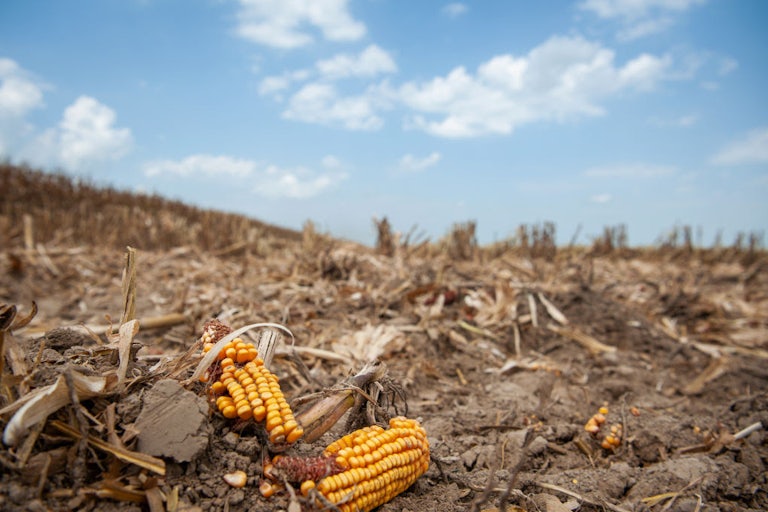
What do we do about the coming phosphorus crisis? In the New Yorker, Elizabeth Kolbert details the troubling paradox of the chemical element that, as she reminds readers, Isaac Asimov called “life’s bottleneck.” On the one hand, we’re slowly running out of the phosphorus needed for the fertilizer on which our agricultural system depends. That’s plenty scary on its own! On the other, phosphorus-rich runoff is poisoning our waterways. That’s because the fertilizer turbocharges certain types of toxic algae that can cause serious health problems in humans. Then, when the algae die, “their decomposition sucks oxygen out of the water, creating aquatic dead zones where almost nothing can survive.” (If you’re curious about what this looks like and what it means for coastal communities, check out the photo essay on algal blooms that TNR published in 2019.)
Kolbert explores several different contributors to the phosphorus crisis and an array of ways to ameliorate it. “If every bit of manure on the planet were recycled—cows, pigs, and chickens produce some four billion tons annually—it could cut the demand for mined phosphorus by half,” she notes. “Of course, even in this best-case scenario, the problem would be only half solved.” She reviews other ideas, from human “peecycling” to filtering phosphorus out of wastewater; eliminating corn-based biofuels, which are both highly subsidized and suck up “something like ten percent of all fertilizer” in the United States; and reducing food waste, which would in turn reduce the need for fertilizer.
But there’s another possible solution that came to mind while reading Kolbert’s piece.
The Guardian’s Damian Carrington on Monday reported the results of a new study from researchers at Columbia University and the Environmental Defense Fund, showing that “emissions from the food system alone will drive the world past 1.5 Celsius of global heating, unless high-methane foods are tackled.” High-methane foods means meat—specifically, meat from ruminants.
On the face of it, this news only adds to the sense of existential crisis hovering over our food system. But the study contained a ray of hope: “The temperature rise,” Carrington wrote, “could be cut by 55% by cutting meat consumption in rich countries to medically recommended levels, reducing emissions from livestock and their manure, and using renewable energy in the food system.” Breaking that down, Carrington notes that “if people adopted the healthy diet recommended by Harvard medical school, which allows a single serving of red meat a week, the rise could be cut by 0.2C,” a staggering result for a behavioral change that is logistically much easier than, say, switching en masse to long-underfunded public transit systems, or updating the energy grid to allow for more renewable energy generation, or creating a domestic electric vehicle and lithium battery industry, as the Inflation Reduction Act seeks to do. And this shift wouldn’t mean abandoning the pursuit of equity: “Such a diet would mean a big cut in meat eating in rich nations but could mean an increase in some poorer countries,” Carrington notes.
Reducing animal agriculture, in addition to helping meet climate targets, could also help reduce our phosphorus use and runoff. Corn is typically estimated to account for over 40 percent of U.S. commercial fertilizer use. Only 30 percent of corn gets processed into ethanol (the biofuel Kolbert is talking about), whereas about half becomes animal feed. Alfalfa, another phosphorus-consuming crop, which accounts for over 4 percent of total cropland in the U.S. (it’s also disproportionately contributing to the Southwestern water crisis), likewise goes into cattle bellies. If we eat less meat, we’ll need less corn and alfalfa to feed the animals and thus less phosphorus to fertilize those crops. Recycling those animals’ manure and using it in lieu of mined phosphate fertilizer may be worthwhile as well, but surely a more efficient solution—both from a runoff and an emissions standpoint—would be to reduce the raw demand.
But I don’t know how we get there. Animal agriculture has historically propelled much of America’s dysfunctional subsidy system, skewing agriculture toward practices that damage both human and planetary health, as detailed in Michael Pollan’s critically acclaimed 2006 book, The Omnivore’s Dilemma. It’s one of the more obvious targets for reform, since meat consumption, as previously mentioned, is comparatively easy to reduce relative to other climate-friendly changes. But as TNR regular Jan Dutkiewicz has repeatedly pointed out, getting people to eat less meat—or even less of one particular type of meat, like beef—is really, really hard. Every time anyone suggests it, people (and Fox News) completely lose their brisket.
TNR’s climate desk has published a couple of ideas on this front over the past few years, from changing the way media covers food to expanding and building on the success of community-led Meatless Mondays. Some people see promise in new meat substitutes, like Impossible Burgers or lab-grown meat. Others may find it helpful to reconnect to traditional foodways—which, contrary to our perception of meat as central to culinary traditions, didn’t involve as much habitual meat consumption because people simply didn’t have access. In presenting “the climate case for rationing” last week, Kate Aronoff pointed out another possible approach. Many argue that rationing in World War II led to one of the healthiest national diets the United Kingdom has ever seen.
Whichever approach you favor—and note that none of these are asking people to forgo hamburgers permanently and forever—something has to give. At the rate we’re going, the food system will break. We can sit on our hands until that happens or take steps now to head off a civilizational catastrophe.
![]()
Good News
On Saturday, after a decade of talks, U.N. negotiators finally reached agreement on a treaty to protect 30 percent of the world’s oceans.
![]()
Bad News
Ocean spray can contaminate coastal communities with E. coli, norovirus, and salmonella, thanks to the sewage routinely dumped into waterways, a new study from the Scripps Institution of Oceanography finds.
Stat of the Week
That’s the percentage of the world’s population that remained free from harmful levels of air pollution in 2019, according to new modeling published in The Lancet. In other words: Almost the entire global population is being subjected to air pollution above the World Health Organization’s suggested limits.
Elsewhere in the Ecosystem
Climate solutions do exist. These 6 experts detail what they look like
NPR has a nice little listicle this week offering readers a guide for evaluating so-called climate “solutions” and distinguishing real ones from corporate greenwashing. It’s a good balance between optimism and rigor, which can be a tricky one to strike on this topic. Recommendations include, “Think about who’s selling you the solution” and asking yourself (or the person hawking the solution), “Is it available and scalable now?” Most importantly, it encourages readers not to ignore the big solution staring us all in the face:
It may sound basic, but one big way to address climate change is to reduce the main human activity that caused it in the first place: burning fossil fuels.
Scientists say that means ultimately transitioning away from oil, coal and gas and becoming more energy efficient. We already have a lot of the technology we need to make this transition, like solar, wind, and batteries, [Harvard historian of science Naomi] Oreskes says.
“What we need to do right now is to mobilize the technologies that already exist, that work and are cost competitive, and that essentially means renewable energy and storage,” she says.
Read Julia Simon’s piece at NPR.
This article first appeared in Apocalypse Soon, a weekly TNR newsletter authored by deputy editor Heather Souvaine Horn. Sign up here.
.png)
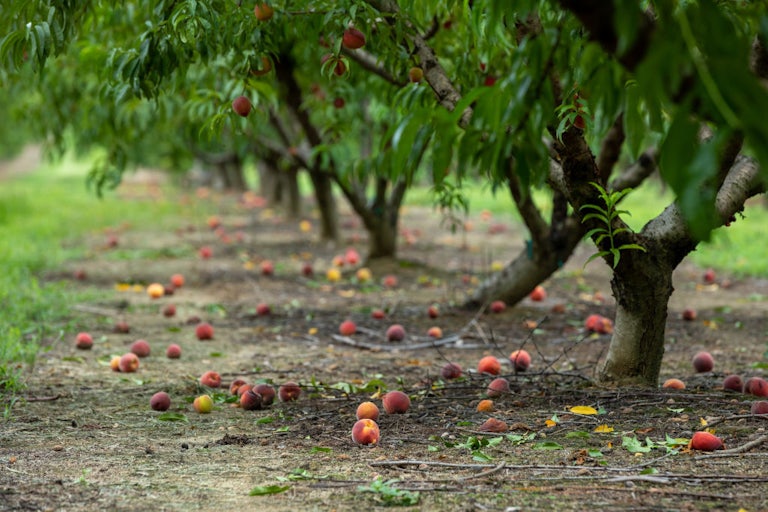
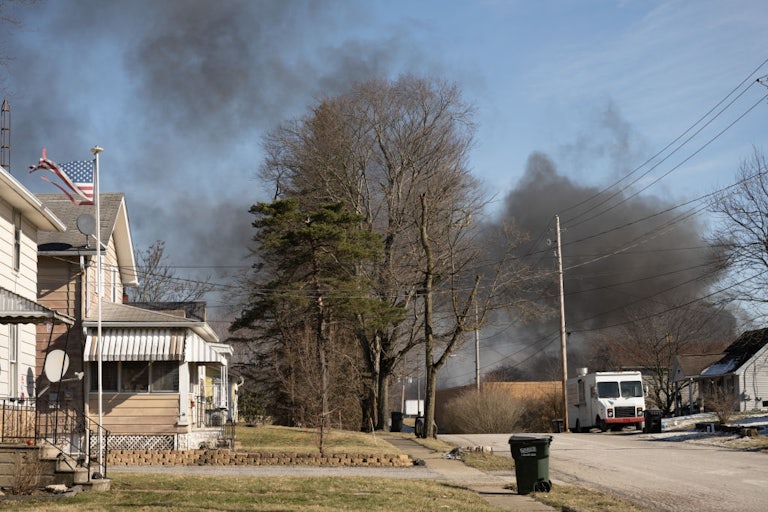
.png)
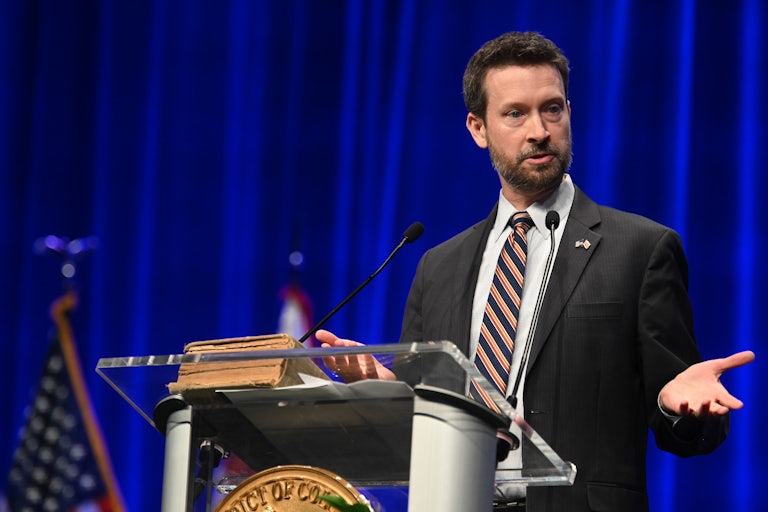
.png)
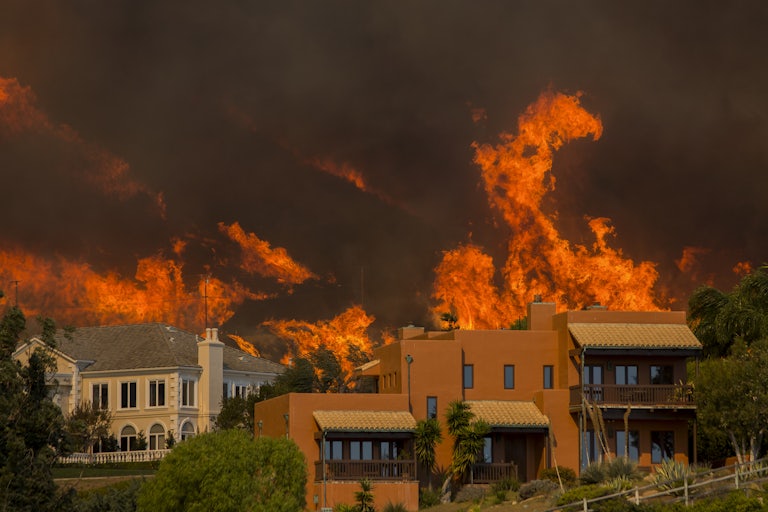
.png)
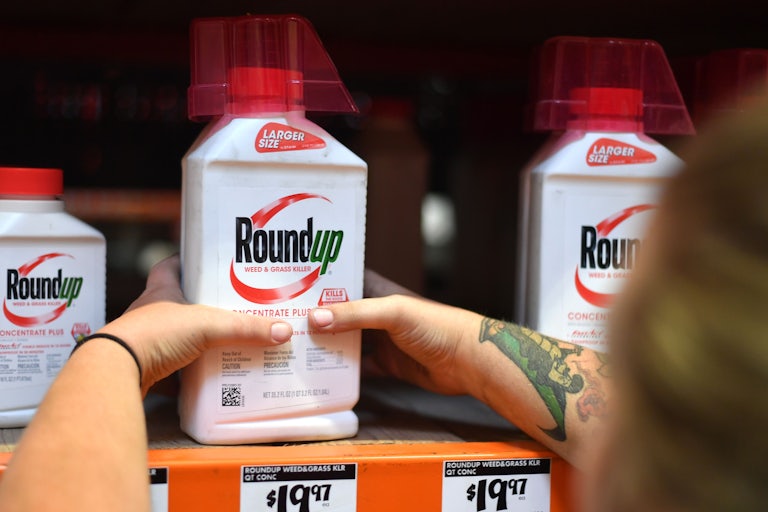
.png)

.png)
